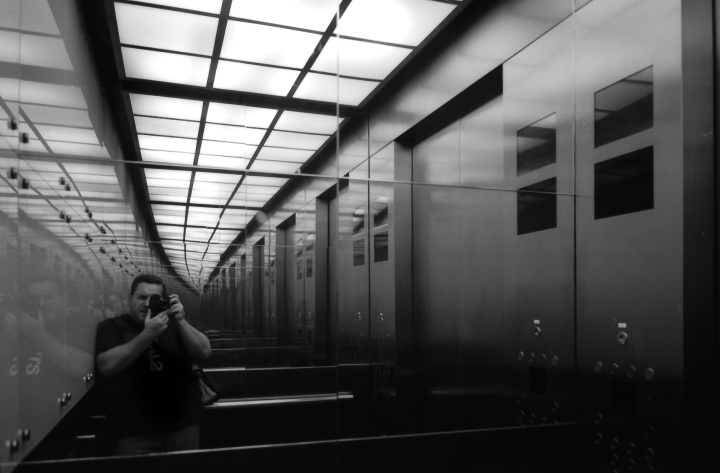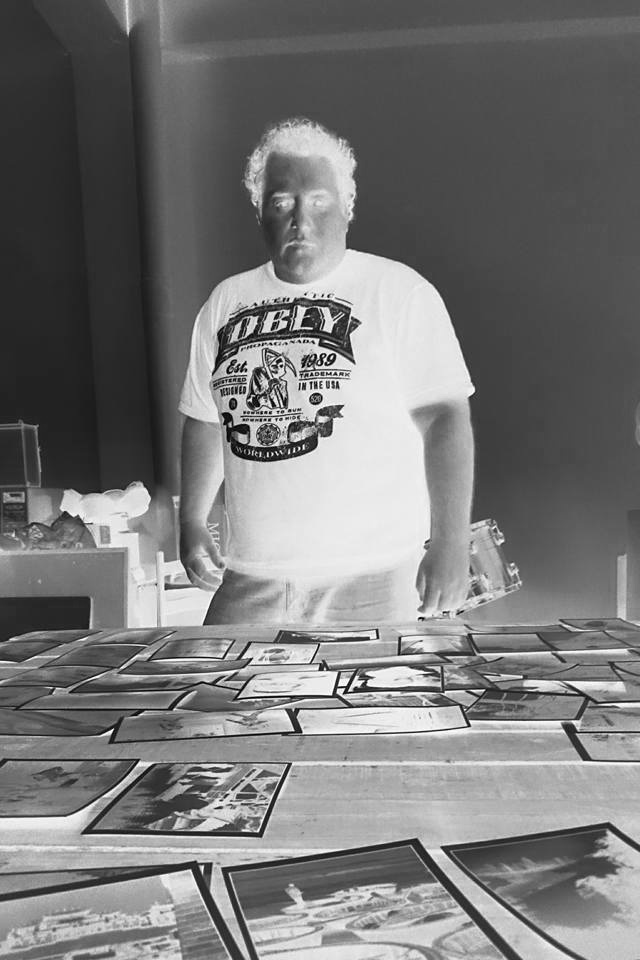My involvement with image-making and storytelling started in the motion picture industry, creating visual effects for large-scale film productions.
Due to its depth and breadth ranging from art (composition, lighting…etc) through software engineering, exercising managerial skills to even training as a focus puller at the Hungarian Society of Cinematographers (HSC) to work more efficiently on-set, VFX is an extremely rewarding discipline that provided the opportunity to work on five continents with great artists dedicated to the craft, but after two decades of satisfying the vision of the director (and everyone else in-between), the urge of pursuing a more personal artistic expression from concept to execution grew stronger.

Like many others, I had a camera available for a while since 2004, taking snapshots during travels with no real purpose, when I came across the article “The Leica as a teacher” (Mike Johnston, 2009) that abruptly changed my photographic attitude. In an era when everyone was screaming “film is dead!” and chasing the newest digital gear, it looked like too much of a backward concept to ignore:
“A year with a single Leica and a single lens, looking at light and ignoring color, will teach you as much about actually seeing photographs as three years in any photo school, and as much as ten or fifteen years (or more) of mucking about buying and selling and shopping for gear like the average hobbyist.”

I picked up a (that time affordable) M6 TTL, mounted a 50, loaded it with 400-speed film…and barely noticed as my year became five while working on Ukiyo: The floating world and as a side effect grew a liking for light and simple equipment.
The photograph doesn’t exist until it was printed. Becoming a master printer would take a few lifetimes of dedication, but at Nanyang Academy of Fine Arts (NAFA), I became comfortable enough in the red light and more importantly learned what matters visually for presentation.
The pile of prints grew bigger but something was still amiss. As chance has it, in 2015 Invisible Photographer Asia launched a photobook workshop with a follow-up by documentary photographer/curator Zhuang Wubin, which helped me to tighten my focus even more: since then most of my photographs were taken in service of a longer project or a book in mind.
My appetite for the photobook form only grew from there and as some of the longer-running projects were ripe to be presented as coherent bodies of work, my attention turned to editing and sequencing, laying out books and getting into typography and taking care of the design. Ownership of the artistic process and responsibility for the outcome are my reasons for being a photographer.
Around mid-2022, I felt more and more frustrated about not being able to dedicate all my energy to photography: working full-time in VFX, and being in charge of large productions as a supervisor not only took all my mental energy but also the focus and time required to pursue any other artistic endeavour in parallel. So I decided to give photography a shot full time, or else run the risk of living in regret forever.